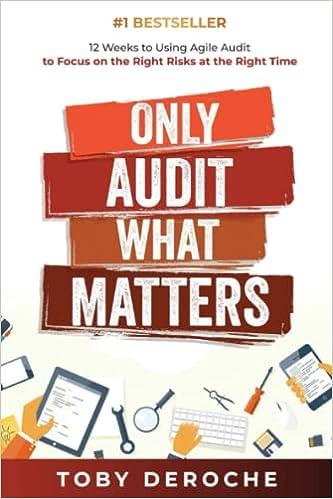Question
Panda Express: Going Public. The University of Hong Kong. Case Number: HK1151 Case Questions for Panda Express: Going Public. 1. Please fill in the blanks
Panda Express: Going Public. The University of Hong Kong. Case Number: HK1151
Case Questions for Panda Express: Going Public.
1. Please fill in the blanks of Exhibits 8 through 10.
2. Review the three main business models of express delivery sectors and each models strengths and weaknesses.
3. Describe backdoor listing. Is IPO or backdoor listing more suitable for Panda Express?
4. Compare different listing strategies and locations.
5. Describe DCF analysis and its pros and cons. Please evaluate the valuation by Panda Expresss management.
a. Find the companys beta
b. Calculate the cost of equity capital
c. Calculate the WACC
d. Conduct a sensitivity analysis, as you change the perpetual growth rates, and the WACCs.
6. Summarize your findings and make recommendations.
1.
EXHIBIT 8: WACC CALCULATION
WACC calculation Assumptions Risk-free rate 2.5% Equity risk premium 6.0% Effective tax rate 25.0% Company leverage 3.50% Company required return on debt 4.00% Company beta 1.38 Cost of Equity _____ Weighted average cost of capital (WACC) _____ Formula tips Cost of equity=risk-free rate+company beta x Equity risk premium WACC = (weight of equity) * cost of equity + (weight of debt) *(cost of debt) * (1- tax rate) Cost of debt = company required return on debt Weight of debt = Company leverage Weight of equity = 1-weight of debt Note: Panda Express management assumed a terminal growth of 3%, a risk-free rate of 2.5%, market risk premium of 6% for China, and company beta of 1.38.
EXHIBIT 9: DCF VALUATION SUMMARY
2016 2017 2018e 2019e 2020e 2021e
Revenues _____ _____ _____ _____ _____ 14094.6
Adjusted EBITDA _____ _____ _____ _____ _____ 4502.4
Less: Taxes _____ _____ _____ _____ _____ (949.8)
Less: Capex _____ _____ _____ _____ _____ (900) Less: Working capital
change _____ _____ _____ _____ _____ 27.6
Free Cash Flows _____ _____ _____ _____ _____ 2,680.2
Discount Factor _____ _____ _____ _____
Present Value _____ _____ _____ _____ Note: Capex = Purchases of property and equipment+purchases of land use rights Discount Factor = 1/(1+WACC)^n
EXHIBIT 10: SUMMARY
NPV 2018-21e _____ Terminal value _____ Enterprise value _____ Add: net cash (Cash and cash equivalents + restricted cash of 2017) _____ Less: minorities (3.0) Add: Associates 320.0 Equity Valuation _____ No.of shares(mn) 433.0 Target price per share (CNY) _____ Target price per share (USD) _____ Formula Tips
Terminal Value = ((Present value of Free cash flow in 2021e) * (1+growth rate))/ (WACC-growth rate)
Enterprise Value = NPV+Terminal Value
Step by Step Solution
There are 3 Steps involved in it
Step: 1

Get Instant Access to Expert-Tailored Solutions
See step-by-step solutions with expert insights and AI powered tools for academic success
Step: 2

Step: 3

Ace Your Homework with AI
Get the answers you need in no time with our AI-driven, step-by-step assistance
Get Started


